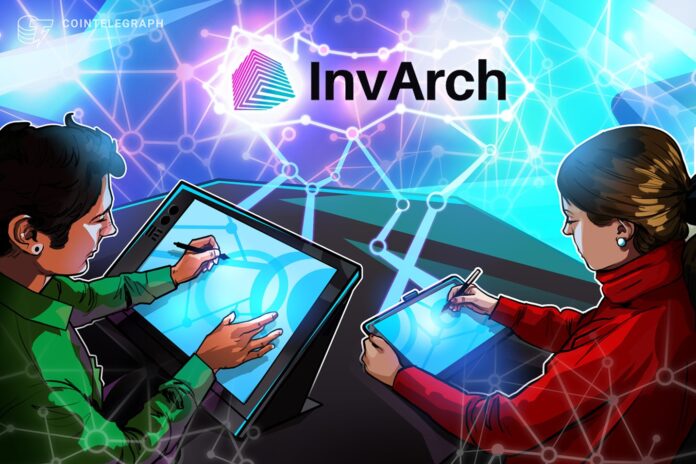The blockchain space has long been an attractive medium for creators of all kinds. From digital artists to software developers, blockchain tech has something to offer. However, one big challenge still remains in the space – most blockchains follow the ‘to each their own’ concept. Interoperability in web3 is still scarce, which limits creators and makes the entry point for many a bit steeper.
One of the main elements that creators of all areas are still seeking is the opportunity to collaborate freely and effortlessly.
What needs to improve?
As things stand at the moment, blockchain developers scarcely have the opportunity to build collaboratively. While a team of devs can come together and work on a single project, the opportunity for cross-chain collaboration is virtually nonexistent.
Developers select a blockchain they’d like to work on, and there is little room for integrations beyond that protocol. This is a significant limitation in a space where new blockchains and capabilities pop up by the minute.
In order to reach the next level of blockchain adoption and to create a genuinely nurturing creator economy out of the blockchain space, there needs to be a lot more opportunity for collaboration. The Web3 space can experience impressive growth and a spike in adoption if creators have the chance to pick and choose what features to use and from which protocol. When the opportunity for collaboration and cross-chain implementation of solutions becomes widely available, the whole blockchain space will open up.
What’s more, blockchain developers are still struggling to settle joint-ownership cases when cross-chain functionalities are added to dapps. Still, the tech to introduce effortless collaboration in Web3 might not be so far away. With the advance of parachains, cross-chain communication is becoming easier and more feasible than ever before.

Parachains as the most probable solution?
The Polkadot ecosystem started its parachain auction program a little over a year ago, but projects are now rushing to the finish line and competing for spots. The reason? Parachains are among the most promising solutions for the interoperability dilemma blockchain projects currently face.
What are parachains?
Parachains are separate blockchains that run in parallel to each other while achieving consensus and security through the Polkadot base Relay Chain. This allows for the cross-chain connection of services on Polkadot, in contrast to other smart contract blockchains like Ethereum and Avalanche, which need to facilitate all transactions, smart contract, and dApp activity on a single chain or through layer solutions.
In essence, parachains allow creators to share, transfer and exchange data of any kind (from fungible and non-fungible tokens to simple messages) across various chains in the Polkadot ecosystem. This allows creators to both work on their dedicated chain, but also benefit from the larger Polkadot ecosystem.
Thanks to the cross-chain compatibility that is deeply rooted in Polkadot’s design, the protocol is becoming a go-to for Web3 developers and creators. Read on to find out how one company is working on pushing the collaborative aspect of the blockchain space even further.
How can parachains help forge a better creator economy?
With cross-chain collaboration at the very core of the parachain concept, this innovative look at what blockchains can do is just what the creator community needs. Web3 projects are already taking notice of the benefits parachains can bring to decentralized app building.
What’s more, protocol builders are also turning their focus toward the Polkadot ecosystem. Take InvArch Network, for example. The up-and-coming chain aims to offer easy access to multi-party ownership, collaboration, and monetization tools. To achieve that, the InvArch team has set its sights on winning a Polkadot parachain auction.
The project has already won a Kusama auction slot with one of its parachains, which allowed it to work on developing the InvArch Network concept in the parachain environment. InvArch aims to create a nurturing environment for developers who want to collaborate and generate monetization solutions in a cross-chain setting.
Dakota Barnett, Founder of InvArch, said:
“The key to generating real value through Web3 is by providing solutions that allow others to generate value for themselves. This is more than DeFi, this is giving people the tools they need to generate the new value, not just move it around in a zero-sum game.”

The blockchain creator economy of the future is already on the horizon. However, the road to a fully cross-chain ecosystem is long. As parachains take over the Web3 space, developers will gain more opportunities to explore and experiment with creative collaboration and cross-chain capabilities.
Disclaimer. Cointelegraph does not endorse any content or product on this page. While we aim at providing you with all important information that we could obtain, readers should do their own research before taking any actions related to the company and carry full responsibility for their decisions, nor can this article be considered as investment advice.
Hits: 0












